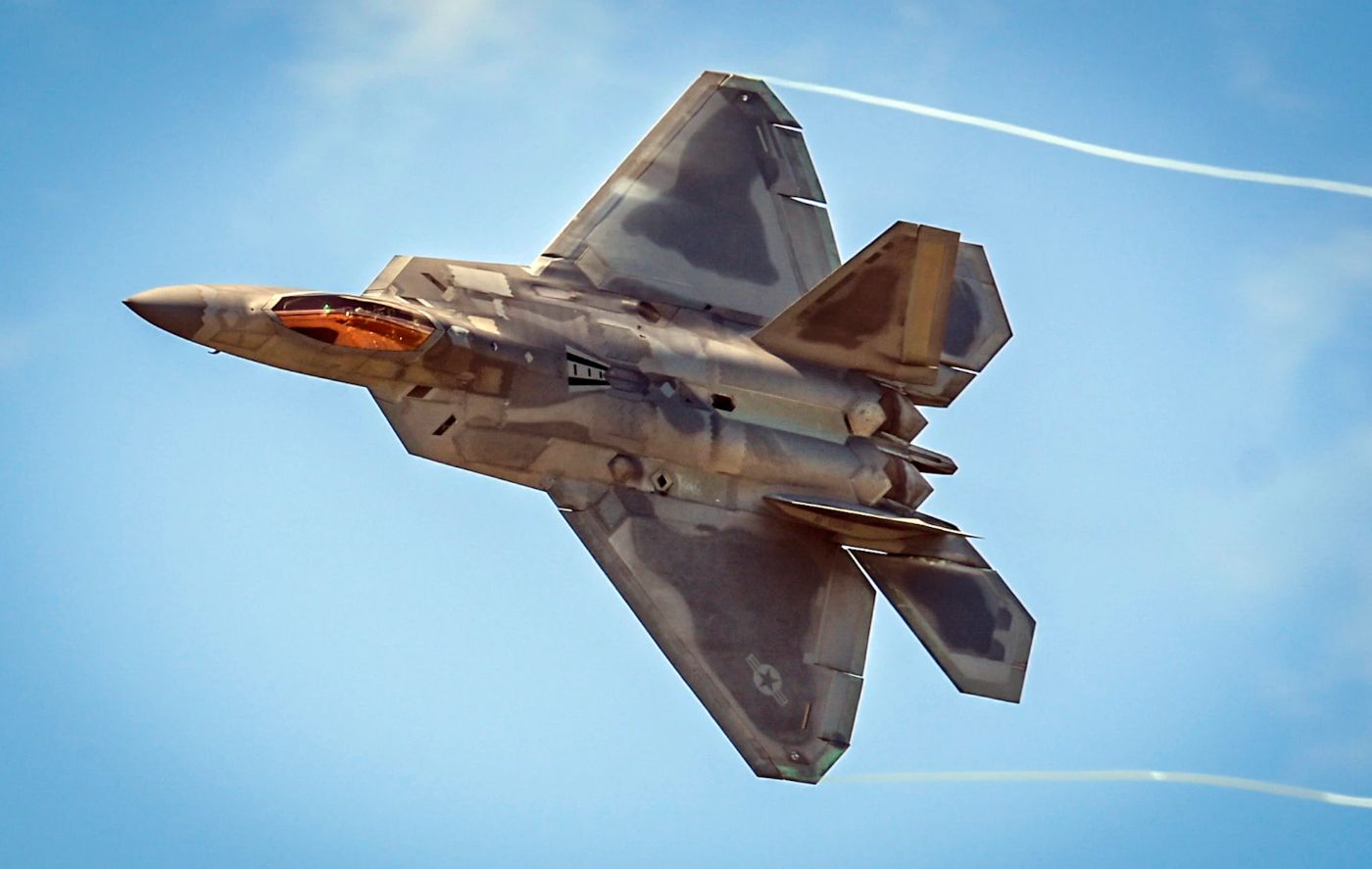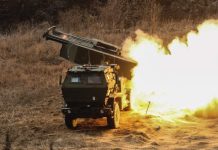The US Air Force (USAF) has hinted that it does not have a replacement for F-22 Raptors, just days after it announced that the ‘Next Generation Air Dominance’ (NGAD) program, which was being developed to replace the Raptors, was being reconsidered.
Speaking at the Mitchell Institute for Aerospace Studies on July 10, the Air Combat Command chief Gen. Kenneth S. Wilsbach said that 32 Block 20 F-22 fighters should be kept in service, even though the Air Force has made concerted attempts to decommission the older aircraft in each of the last three budgets.
Wilsbach added that the Air Force is likely to keep the F-22 since there is now no clear replacement for it.
Right now, frankly, there isn’t an F-22 replacement,” said Gen. Kenneth S. Wilsbach. ”The F-22 is a fantastic aircraft. We’re planning several upgrades to the jet as we speak, and there is no official replacement to the F-22 right now.”
Wilsbach specifically stated that one of the main reasons he thinks the older F-22s shouldn’t be retired is the uncertainty surrounding the Next-Generation Air Dominance (NGAD) fighter.
.@aircombatcmd boss Gen. Wilsbach in an AFA event today said there's no official replacement program for the F-22, despite USAF leaders for years saying that is NGAD. 🤔
Also says USAF should keep the Block 20 F-22s the service is proposing to retire.
— Brian Everstine (@beverstine) July 10, 2024
Initially, the NGAD initiative’s crewed sixth-generation stealth combat fighter was intended to partially replace the F-22 in the USAF force structure. However, the USAF recently disclosed it is re-evaluating its sixth-generation ‘Next Generation Air Dominance’ program due to its high costs and the need to prioritize resources for other important programs.
Days later, addressing all concerns about shelving the NGAD, USAF Secretary Frank Kendall reassured that the program was not dead and that the service was working on creating an advanced next-generation fighter. However, a redesign was needed to control expenses and enhance the integration of loyal wingman drones.
Kendall has finally said the quiet part out loud. A NGAD rebaseline is a function of budgetary constraints from Sentinel, B-21, and a flat DAF top line.
NGAD is estimated at ~$300M each with the USAF possibly shedding variable-cycle engines and other capabilities to control cost https://t.co/ZJMMnX9Aja
— John Ridge 🇺🇸 🇺🇦 (@John_A_Ridge) July 1, 2024
However, his comments reflected that the costs are deeper than the USAF’s pockets, casting a shadow on the NGAD feasibility. Kendall said, “The design concept that came out of that [initiative] is very expensive. Scale matters, numbers matter, and so does time. We want to get something there quickly.”
Wilsbach stated that he anticipates this year’s NGAD aircraft choice (between Boeing and Lockheed Martin). However, the future of the NGAD appears to be increasingly murky given that the USAF is trying to save costs on the jets, which are reportedly costing $250 million or more each, while also considering how quickly air combat is evolving.
Moreover, he added that the NGAD should be seen as a “family of systems” rather than a particular crewed aircraft. “I just want everybody to be clear that it’s a family of systems. And there’s a lot of things that are not in the public sphere that we’ve been working on for a while, and we’ll continue to expand that part of it, but I’ll just say it’s a family of systems, not one thing.”
While the US top officials, including Kendall and Wilsbach, have maintained that the NGAD is very much alive, the ambiguity has essentially left no potent replacement for the USAF Raptors. Wilsbach conceded that the Air Force’s decision to retire the older Block-20 F-22 aircraft would alter if that family of systems were delayed.
“I’m in favor of keeping the Block 20s,” he said. “They give us a lot of training value, and even if we had to—in an emergency—use the Block 20s in a combat situation, they’re very capable.”
No Retirement For The Raptors?
Last year, the US Air Force requested to retire 32 Block 20 F-22s as part of its fiscal 2024 budget so that the money spent on their upkeep could be diverted to the NGAD sixth-generation platform.
The Block 20 F-22 planes are not combat-capable and are part of the early production models known as Block 20 jets. Their primary role was training. Despite being of lesser utility than more advanced Raptor variants, the aircraft have annual operating expenditures of US$485 million, or roughly US$15 million per jet.
In its budget request for fiscal year 2024, the Air Force suggested decommissioning the training F-22s since they no longer accurately represented the frontline Block 35, the fighter’s combat-coded and configured variant.
Explaining why the service was asking for its divestment in the first place, Lt. Gen. Richard Moore, deputy chief of staff for plans and programs for the Air Force, said: “There’s a lot of thought that it’s too early to be walking away from fifth-gen aircraft, and the Block 20s certainly are. But they are not the Block 30/35 aircraft. They are not the fifth-gen Air Force that we’re going to carry into combat, and it was a little bit of a difficult choice, but a choice that we made nonetheless because we believe it’s imperative to get to the future.”

Despite these plausible arguments made by the USAF officials, the request has repeatedly been deferred by Congress. In the last request, Congress stonewalled the proposal to send these Raptors to be sent to the boneyard despite the argument that its upkeep was proving to be exorbitant.
House and Senate authorizers in the FY23 National Defense Authorization Act, which was published in December 2023, forbade the service from divesting the F-22 Block 20 Raptors.
Furthermore, contrary to the previously decided plan to retire the entire Raptor fleet by 2030, the 2025 budget requests more than $7 billion in upgrades for the F-22 over the next five years, including new stealth wing tanks, infrared search-and-track systems, and other improvements.
‘Raptor Salad’ For Lunch! US F-22 Raptor Outgunned, Outmaneuvered By German Eurofighter Typhoon?
The F-22 Raptor’s design started in the 1980s, and the aircraft had its first flight in 1997, even though it went into service in 2005. This fifth-generation stealth aircraft is more than thirty years old. Given the advancements in technology since the final F-22 left the production line, it makes sense that the aircraft will require updates to continue operating.
That said, while the USAF has so far been pushing for Raptor’s retirement, Wilsbach’s latest comments may be the first indication that it may be slacking on it for now since NGAD has run into rough weather. The future of F-22 Raptors, for now, remains uncertain. However, if Wilsbach’s comments are anything to go by, the aircraft is here to stay.
- Contact the author at sakshi.tiwari9555 (at) gmail.com
- Follow EurAsian Times on Google News




